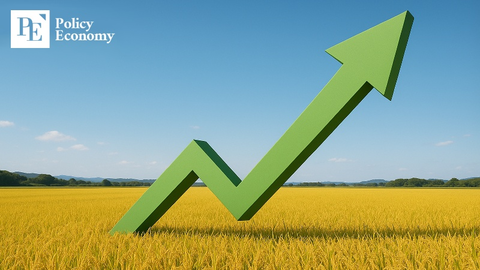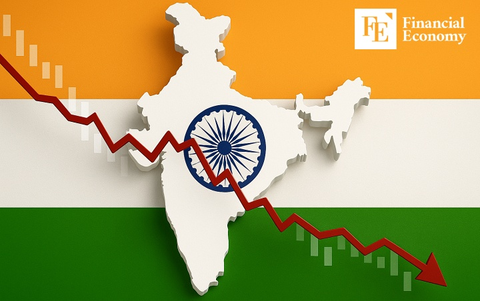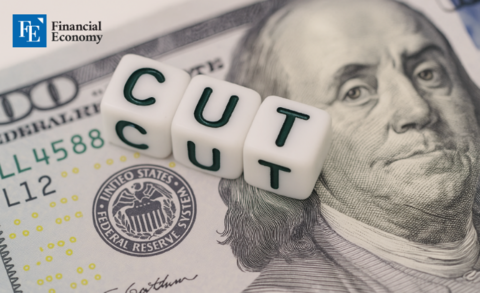Tariff Uncertainty Under Trump Slows Hiring, Fuels Inflation Fears
Input
Modified
Fed Releases Economic Assessment Report 'Beige Book' Businesses Delay Hiring and Shorten Product Pricing Cycles Consumers Stockpile Automobiles and Durable Goods
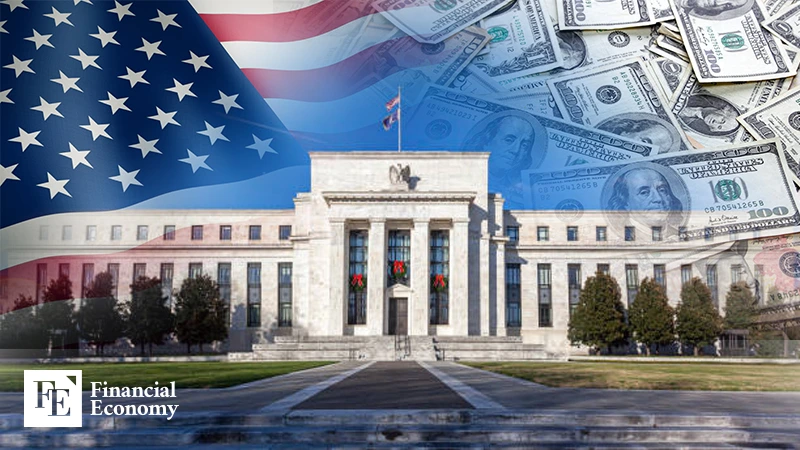
The Federal Reserve has sounded a cautious note on the U.S. economy, warning that uncertainty over President Donald Trump’s tariff policies is slowing corporate hiring and prompting businesses to shorten product pricing cycles. Signs of preemptive consumer stockpiling, particularly in automobiles, have also surfaced. The Fed’s latest Beige Book indicates that an interest rate cut at the May policy meeting is increasingly unlikely
Fed Highlights Widespread Trade Policy Uncertainty
April 24, 2025 (Local Time) — According to Reuters, the Fed’s Beige Book, released on April 23, found that while overall economic activity had not changed significantly since the last report, "widespread uncertainty over international trade policy" is clouding the outlook. Compiled ahead of the May 6–7 Federal Open Market Committee (FOMC) meeting, the Beige Book is based on anecdotal data gathered by the Fed’s 12 regional banks.
Key themes of the report were “tariffs” and “uncertainty.” Mentions of tariffs soared to 107 instances — more than double the 49 mentions in the previous edition and surpassing the 51 mentions recorded at the height of the Trump administration’s 2018 trade wars. References to uncertainty also jumped, appearing 89 times throughout the document.
While the Fed acknowledged that the economy is still growing, it noted that business sentiment has deteriorated. Business and leisure travel activity has slowed, and international tourism is also down. "Several districts reported businesses taking a wait-and-see approach to hiring, delaying or suspending recruitment until economic outcomes become clearer," the Fed wrote. Isolated reports of layoffs also emerged.
Consumer spending slowed across most sectors except for automobiles, where sales were strong. The Fed attributed the surge in auto purchases to consumers rushing to buy before tariff-related price hikes took effect. St. Louis Fed President Alberto Musalem noted, "Persistent uncertainty made it nearly impossible for some businesses to plan ahead," citing an example where a bourbon distillery abandoned capital investment plans due to shifting trade rules.
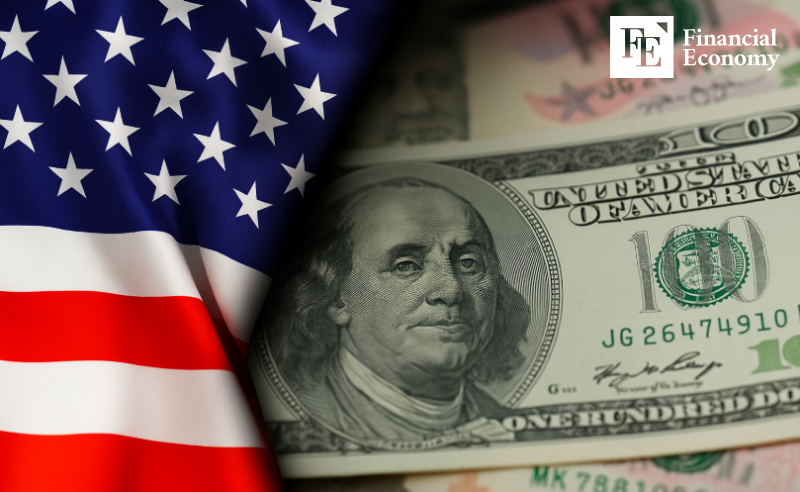
Rate Cut Hopes Fade as May FOMC Approaches
The Beige Book has dampened market expectations for an imminent rate cut. After the report's release, futures markets priced in a 94% probability that the Fed would hold rates steady at the current 4.25–4.50% range in May. Cleveland Fed President Loretta Mester further downplayed the likelihood of a May rate cut. Speaking to CNBC, she said, "We likely won't have enough data by May to justify a rate adjustment," emphasizing the need for "patience." However, she hinted that a policy move could be possible in June if clear economic signals emerge by then.
Trump Pressures Again for Rate Cut, Says He "Might Call Powell"
Despite the Fed’s cautious stance, President Trump is ramping up public pressure for immediate monetary easing. On the evening of April 23, Trump remarked, "I haven't called Jerome Powell yet, but I might," and reiterated his belief that the Fed’s current policy was a "mistake."
During a White House event on April 22, Trump further criticized Powell, saying, "I'm not planning to fire him, but moving too slowly is not good." He also attacked Powell on his Truth Social platform, calling him a "major loser," and warned just days earlier that he would consider firing the Fed chair if rates were not lowered.
The Fed’s latest findings highlight how trade policy uncertainty is not only weighing on business sentiment and consumer behavior but also complicating monetary policy decisions. With inflationary pressures mounting due to tariffs and global growth prospects dimming, the Fed faces an increasingly complex balancing act.
While Trump signals openness to negotiating lower tariffs with China, ongoing volatility and political interference could continue to destabilize markets, making a clear path forward for the Fed and the broader economy more difficult to chart.


